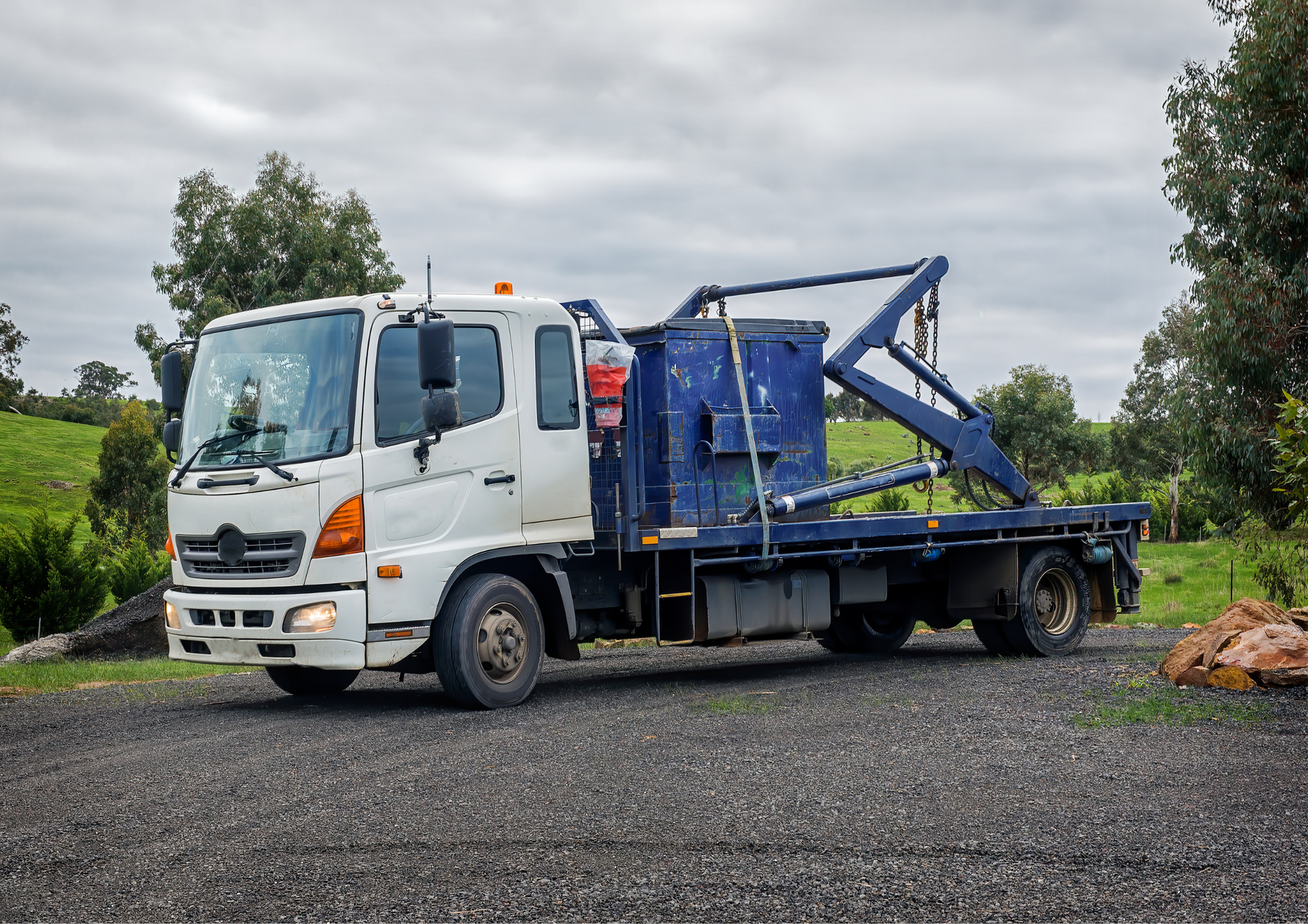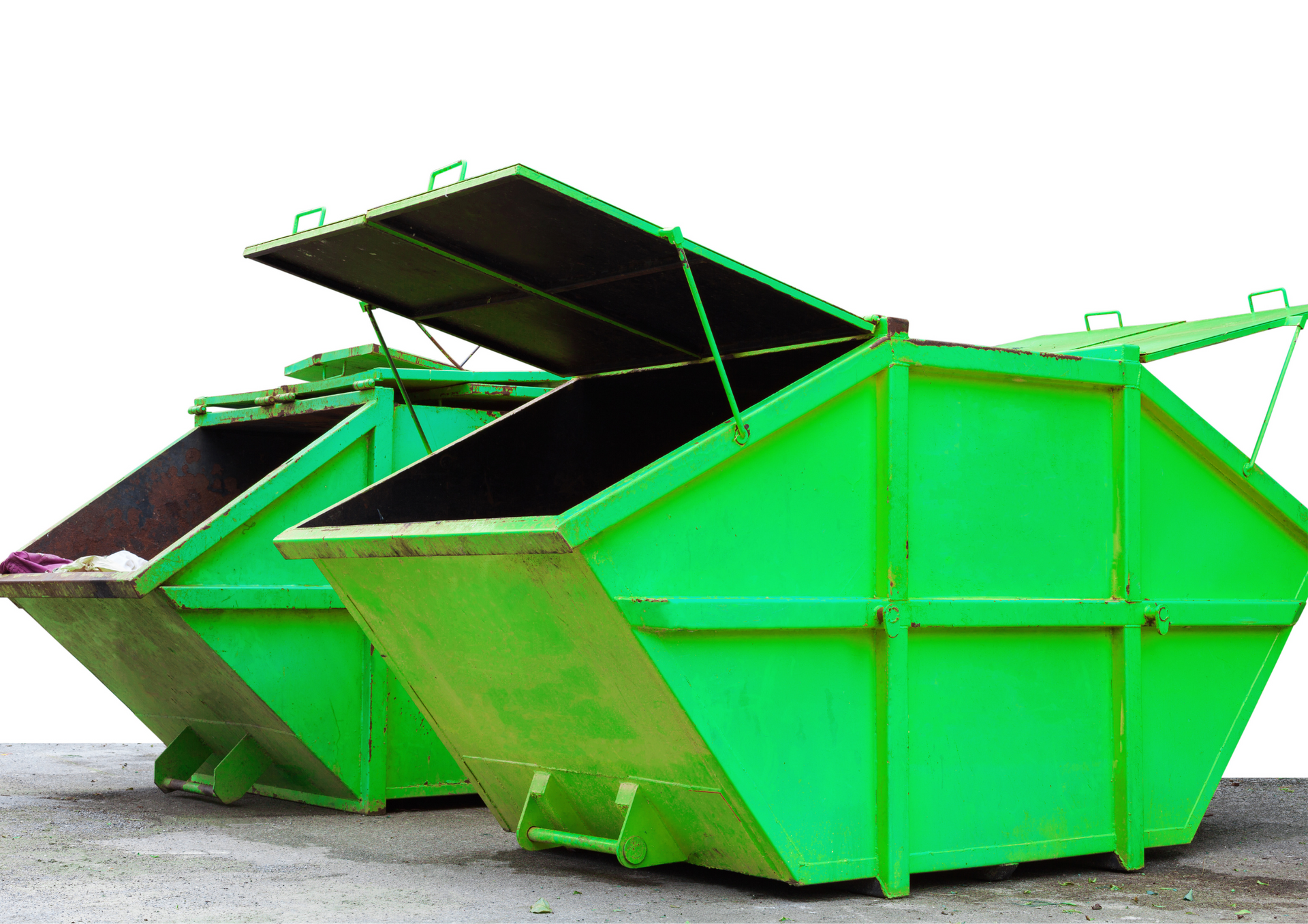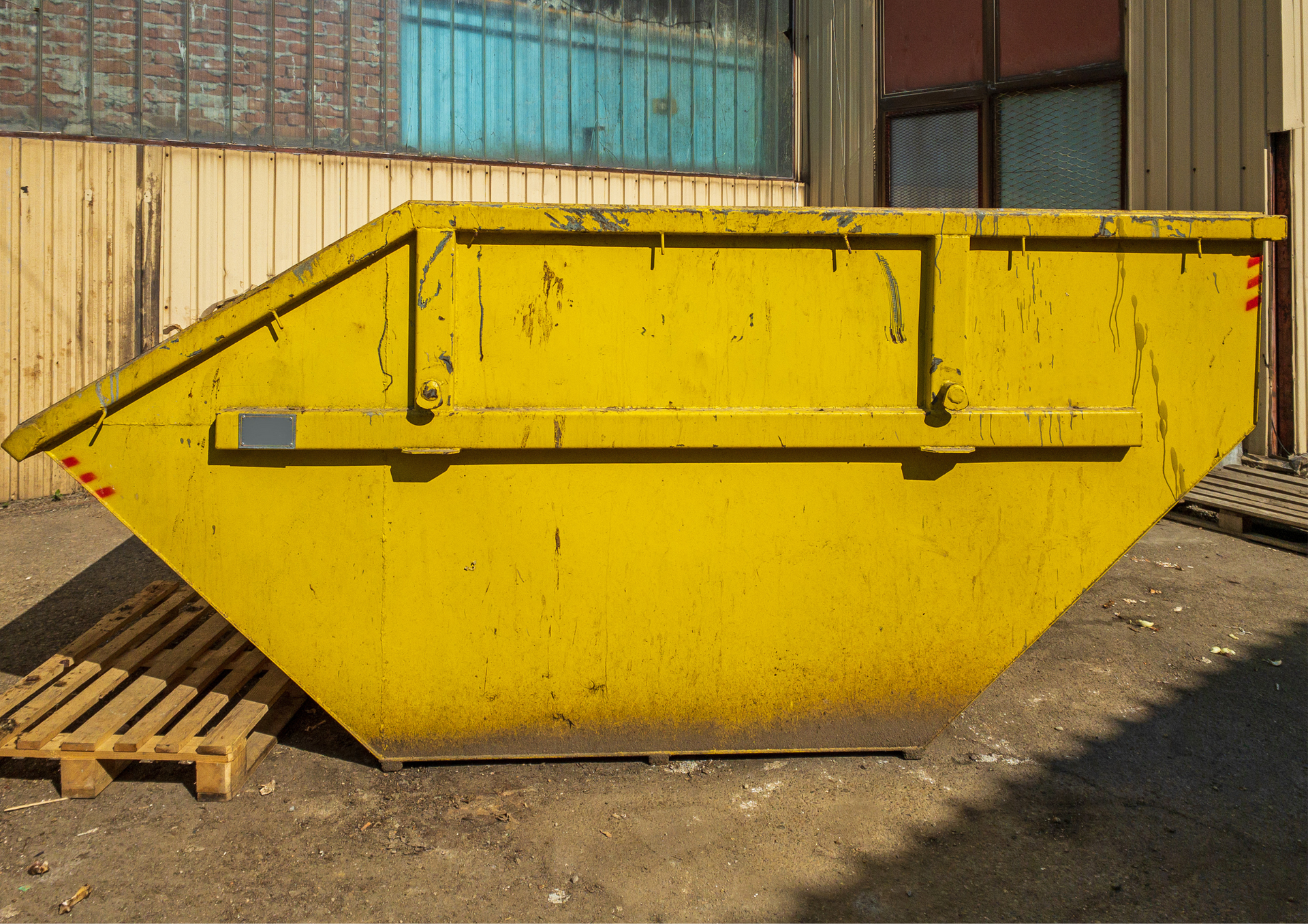How to Fill a 10 Yard Skip Efficiently: Top Space-Saving Tips
Hiring a skip can be a smart, hassle-free way to manage large volumes of waste during home renovations, commercial clear-outs, or landscaping projects. Among the many skip sizes available, the 10 yard skip stands out as a popular choice. It's spacious enough to handle bulky items yet compact enough for most driveways. However, filling it efficiently is key to getting the most value for your money. In this guide, we share practical tips to help homeowners, construction professionals, businesses, and event organisers use their 10 yard skip to its fullest potential—saving time, money, and effort.
1. Understand What a 10 Yard Skip Is
A 10 yard skip typically holds around 80–100 bin bags of waste, making it ideal for medium to large domestic projects and light construction work. It's best suited for non-heavy waste types like furniture, plastics, wood, metal, and general household or office rubbish. When considering a skip of this size, it's helpful to understand the 10 yard skip size. On average, it measures about 12ft long, 6ft wide, and 6ft high. While it offers generous space, it's not designed for large amounts of heavy waste like soil or hardcore, which could make it too heavy for safe transport.
2. Plan Before You Load
Before your skip even arrives, take a moment to plan what you'll be putting in. Sorting your waste beforehand can make a huge difference in how efficiently the space is used. Group similar items together—wood with wood, soft furnishings together, and so on. This method will allow you to layer and pack waste much more strategically once loading begins.
3. Break Down Bulky Items
One of the simplest ways to maximise space in a skip is to dismantle large or bulky items. Disassemble flat-pack furniture, remove sofa legs, cut down branches, and flatten cardboard boxes. The more compact your waste, the more you can fit in. This approach also reduces the number of awkward gaps that often occur when bulky, irregularly shaped items are tossed in without thought.
4. Load Flat Items First
Start your loading by laying flat items—like old doors, panels, sheet materials, or flattened boxes—at the base of the skip. These provide a solid foundation and help distribute the weight evenly. Placing them first also prevents wasted space caused by trying to slot these in later when the skip is already half full.
5. Place Heavier Waste at the Bottom
When filling a skip, always start with the heaviest items at the bottom. Things like bricks, tiles, and broken furniture should be placed down first. This technique serves two purposes: it ensures the skip is stable and allows you to build around the heavier pieces with lighter items on top. Not only is this safer, but it also helps you fit more into the available space.
6. Fill Gaps Strategically
As you load the skip, look out for gaps between bulky items. Use smaller waste like clothing, soft furnishings, or loose bits of wood to fill these gaps. Think of it like a game of Tetris—every little space can be filled to optimise the load. Efficiently using these gaps can make the difference between needing one skip or two, which ultimately impacts your bottom line.
7. Don't Overfill – Know Your Limits
While it might be tempting to load the skip as high as possible, overfilling can lead to additional fees or the skip not being collected at all. Most providers require a "level load," which means the waste must not exceed the top edge of the skip. Staying within the legal load limit ensures safe transport and avoids the risk of fines or delays. Your skip hire provider will thank you, too.
8. Know What Can and Can't Go In
Not everything can go in a skip. Commonly prohibited items include fridges, mattresses, asbestos, tyres, chemicals, and electrical goods. Disposing of these can require special arrangements, so always double-check with your skip provider. Sticking to allowable waste helps prevent surprises when it comes to collection day—and avoids additional charges or rejected pickups.
9. Think About Placement
Where you place your skip plays a big role in how easy it is to load. Ideally, it should be as close as possible to where the waste is being generated. If that's not possible, ensure access is clear and safe. If placing your skip on a public road, you'll likely need a council permit. Your skip provider can help arrange this as part of the service.
10. Consider Cost Efficiency
Hiring a larger skip than necessary or needing a second one due to poor loading can quickly drive up costs. Making the most of your 10 yard skip space reduces this risk. When weighing up costs, also factor in the 10 yard skip price in relation to smaller or larger skips. This skip often offers the best balance of capacity and value for medium-sized projects.
11. Compare Skip Hire Options
Not all skip companies offer the same value. It pays to compare providers based on service quality, delivery times, and customer support.
Are you looking for cheap skip hire? Make sure the price includes delivery, collection, and disposal—some low-cost options may come with hidden fees. Choosing a reputable company ensures the skip arrives on time and is collected without hassle.
12. Choose the Right Skip for Your Project
Smaller jobs might only require mini skip hire, which typically ranges from 2 to 4 yards. For garden clean-ups or bathroom renovations, a mini skip might suffice. However, many projects sit between small and industrial scale—this is where the 10 yard skip shines. If you've been considering small skip hire, weigh up your waste volume carefully. Underestimating could mean hiring a second skip, which ends up costing more than a single, larger one.
13. Look for Local Providers
Using a local skip hire company has its advantages. You'll likely get quicker service, better communication, and support from people who know your area's regulations. Many local firms also have more flexible options for delivery and collection, making it easier to schedule your project without delays.
14. Skips for Specific Needs
Whether you're organising a festival, landscaping a large garden, or relocating an office, skip bin hire is a practical solution. For businesses or individuals managing large-scale waste removal, skips streamline the process. A 10 yard skip offers versatility across different types of waste and events, making it a go-to choice for landscapers, event organisers, and contractors alike.
15. Convenience and Time-Saving
The convenience of hiring a skip speaks for itself. You can dispose of all your waste in one go, without countless trips to the tip. Search terms like skip hire near me are a sign that more people are looking for fast, local solutions to their waste problems. Choosing the right skip size and using it efficiently saves valuable time and effort—making the clean-up process far more manageable.
Filling a skip might seem straightforward, but with a bit of planning and strategy, you can maximise space, avoid unnecessary costs, and streamline your waste disposal. A 10 yard skip is a flexible option that suits a wide range of projects—from home renovations to commercial clear-outs. By breaking down items, layering waste strategically, and choosing a reputable provider, you'll get the most value from your hire—and help the environment by ensuring waste is managed responsibly.
At Skip Hire Derby, we provide reliable, affordable, and efficient skip hire services for projects big and small. Our team is committed to simplifying the skip hire process, from booking to collection. With transparent pricing, a range of sizes, including the ever-popular 10 yard skip, and friendly customer support, we're trusted by homeowners, builders, landscapers, and businesses across the UK. Whether you're planning a renovation, managing a site clearance, or simply decluttering, we are here to help you get the job done—efficiently, affordably, and responsibly.
Check out our latest X update about the top tips for efficiently filling a 10 yard skip!
You might also like
Service Areas
Give us a call today!




